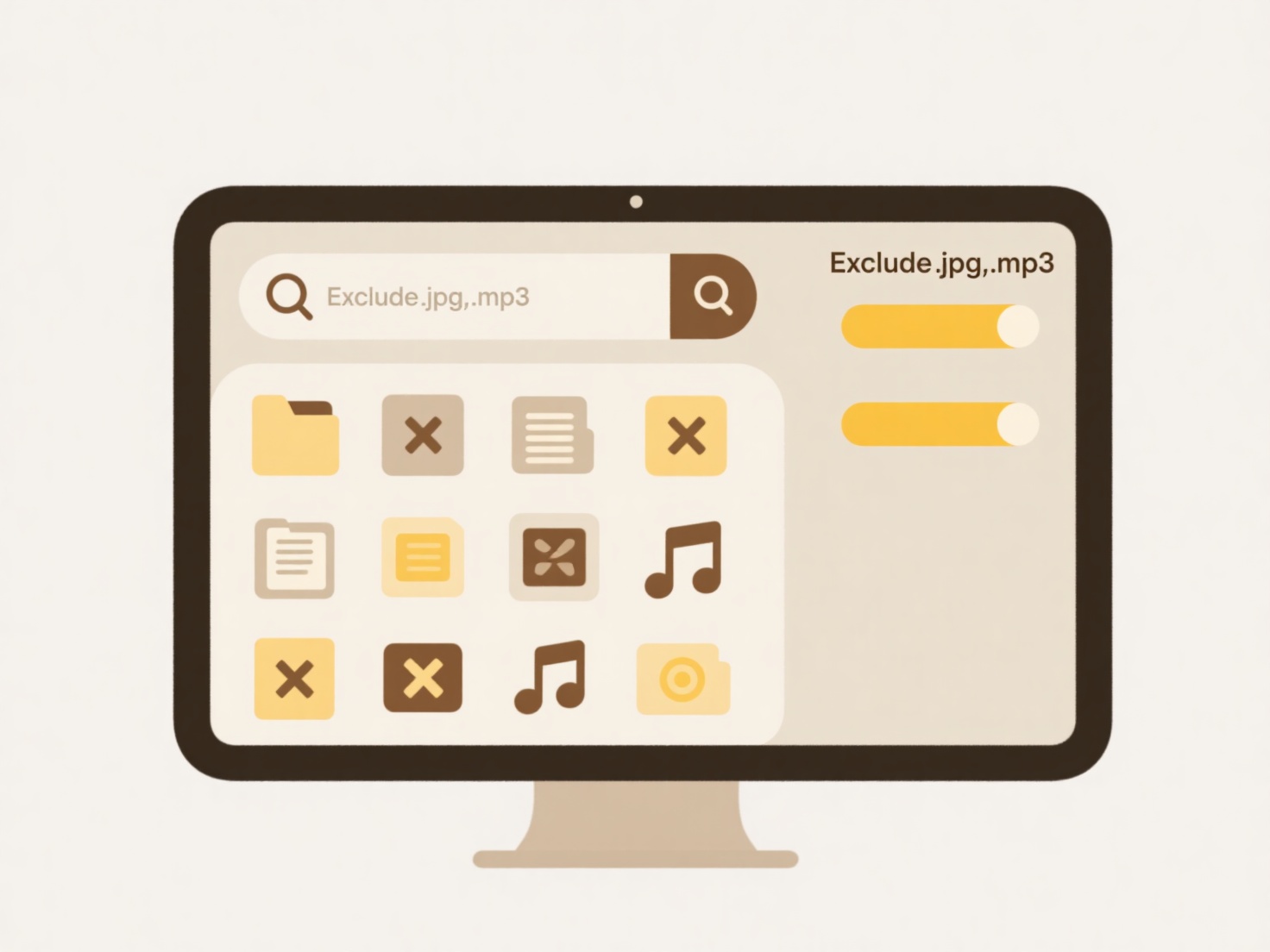
Uninstalling the cloud sync app only removes the application responsible for synchronizing files between your computer and the cloud storage service. It does not delete your files stored in the cloud itself. Without the app, active syncing stops immediately. Files you manually downloaded ("synced") to your computer are usually retained locally unless specific uninstall options explicitly delete them, while files only present as online-only placeholders will no longer appear accessible on that device.

For example, if you uninstall OneDrive or Dropbox from your laptop, all your photos and documents stored in your OneDrive or Dropbox account online remain securely in Microsoft's or Dropbox's servers. Similarly, your project files synced via Box or Google Drive for desktop are preserved online. Businesses using these services for document collaboration can be confident core data remains intact when managing app installations on employee devices.
The key advantage is data safety – uninstallation manages local software without risking cloud data loss. A limitation is the loss of automatic, real-time syncing for that device. Files edited locally won't update online until the app is reinstalled or accessed via the web. Users must be aware of online-only files becoming inaccessible locally after uninstall. Future trends might offer simpler app management with clearer separation of cloud data removal.
What happens to cloud files when I uninstall the sync app?
Uninstalling the cloud sync app only removes the application responsible for synchronizing files between your computer and the cloud storage service. It does not delete your files stored in the cloud itself. Without the app, active syncing stops immediately. Files you manually downloaded ("synced") to your computer are usually retained locally unless specific uninstall options explicitly delete them, while files only present as online-only placeholders will no longer appear accessible on that device.

For example, if you uninstall OneDrive or Dropbox from your laptop, all your photos and documents stored in your OneDrive or Dropbox account online remain securely in Microsoft's or Dropbox's servers. Similarly, your project files synced via Box or Google Drive for desktop are preserved online. Businesses using these services for document collaboration can be confident core data remains intact when managing app installations on employee devices.
The key advantage is data safety – uninstallation manages local software without risking cloud data loss. A limitation is the loss of automatic, real-time syncing for that device. Files edited locally won't update online until the app is reinstalled or accessed via the web. Users must be aware of online-only files becoming inaccessible locally after uninstall. Future trends might offer simpler app management with clearer separation of cloud data removal.
Quick Article Links
Can I rename files exported from forms or surveys?
Yes, you can typically rename files exported from forms or surveys. This refers to changing the filename assigned during...
How do I find files with incomplete names?
Finding files with incomplete names refers to locating files when you know only part of their exact filename. Instead of...
Can I use emulators to open certain file types?
An emulator recreates the functionality of a specific hardware or software system within another environment. While emul...